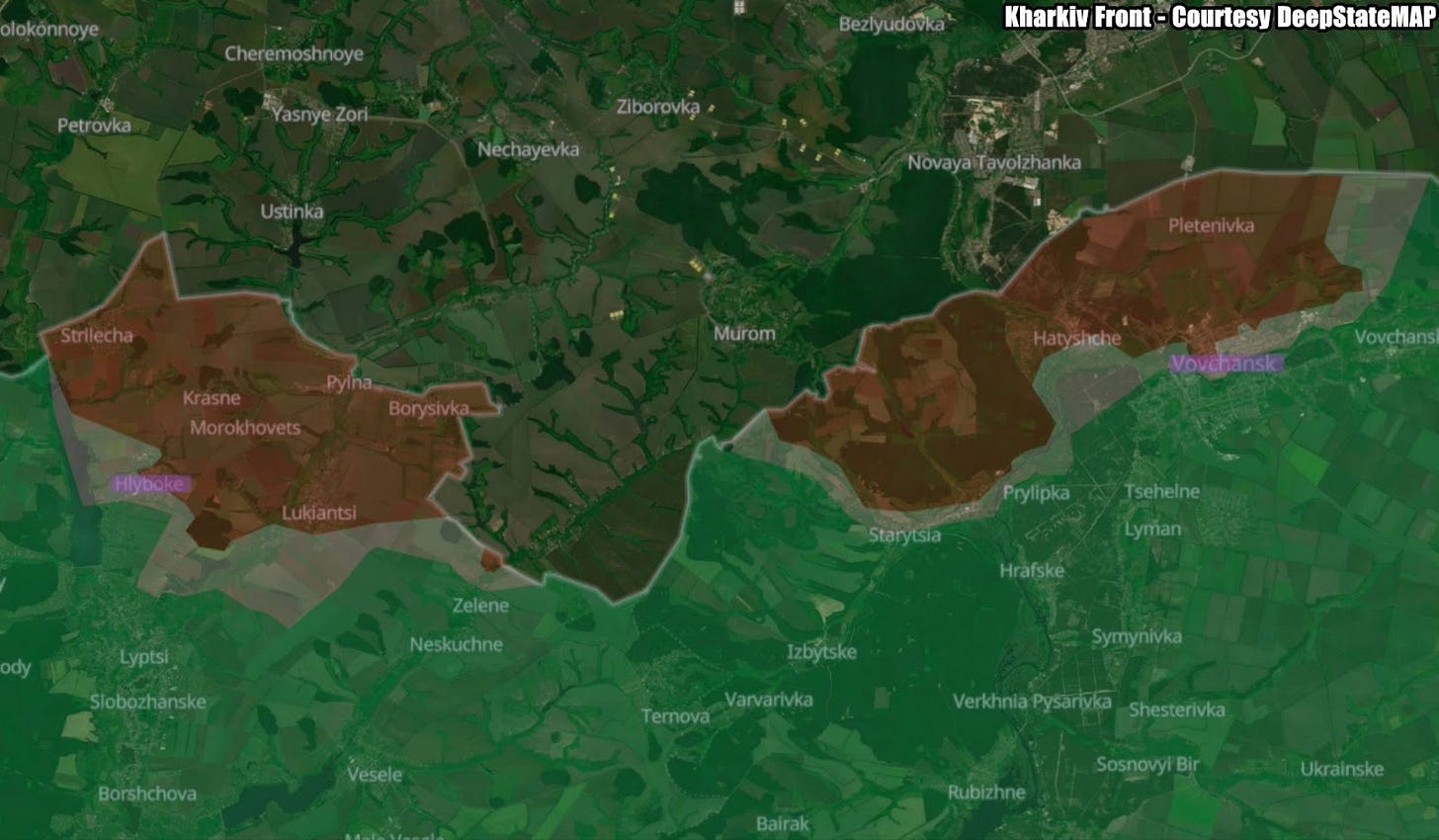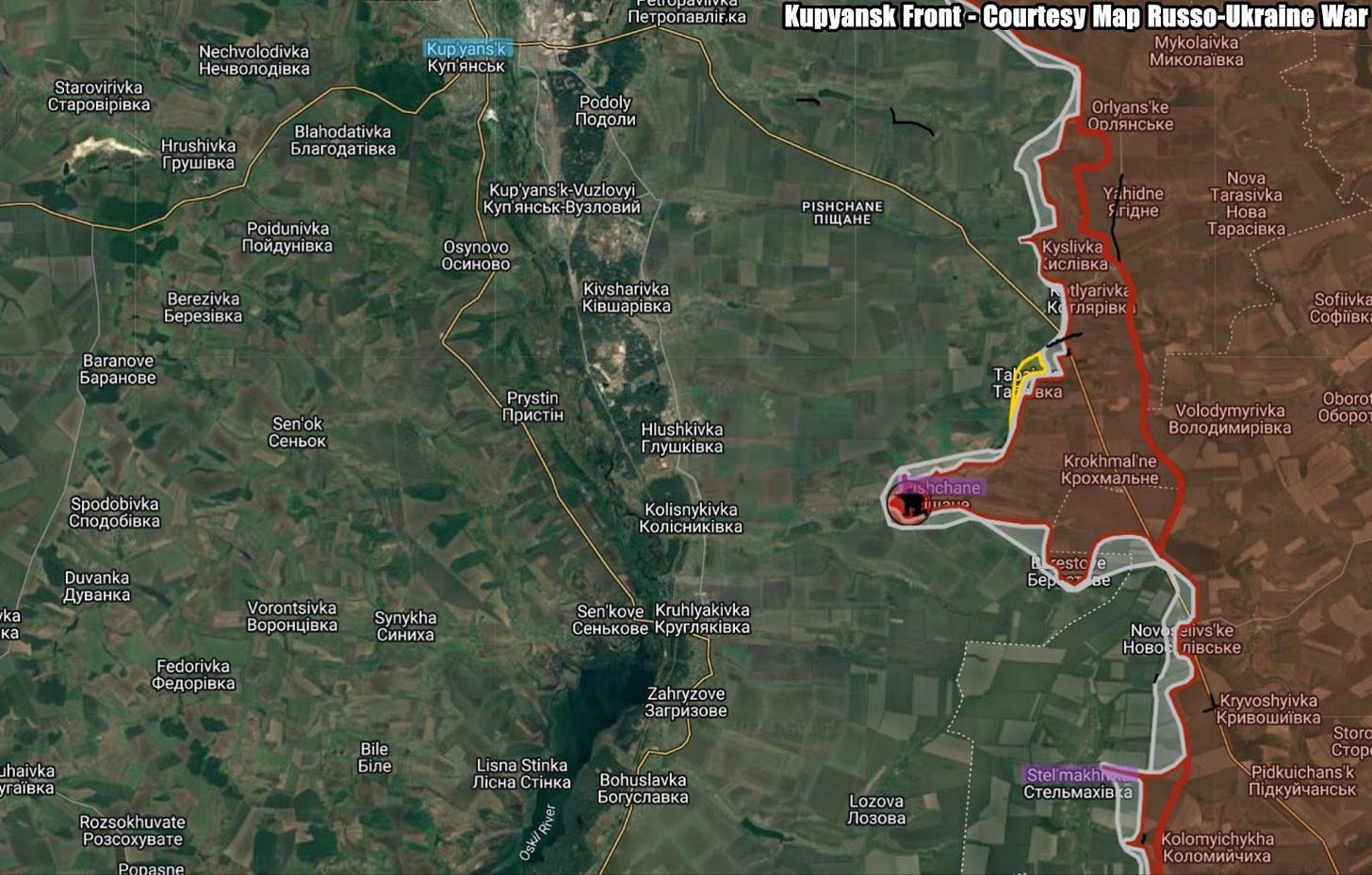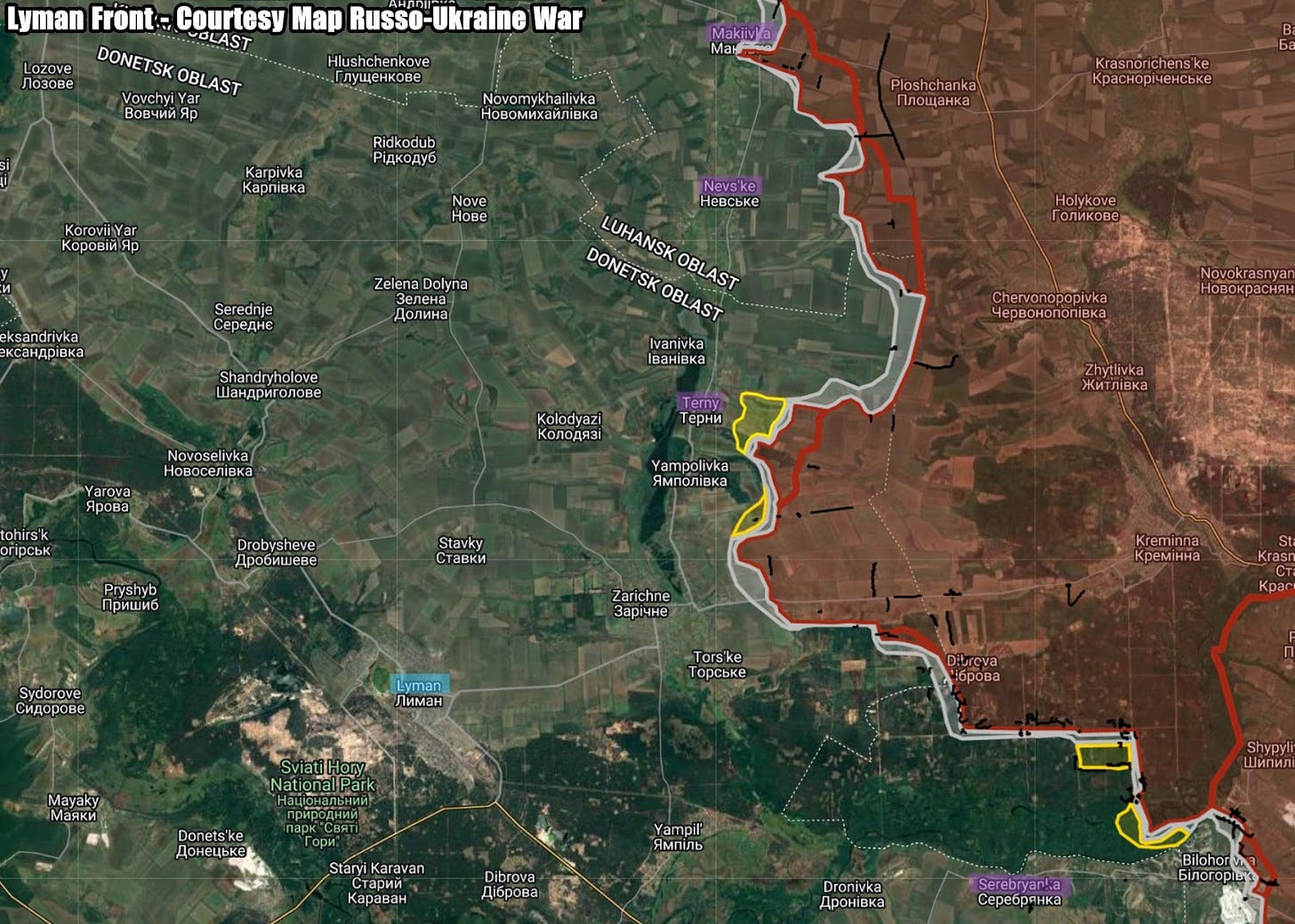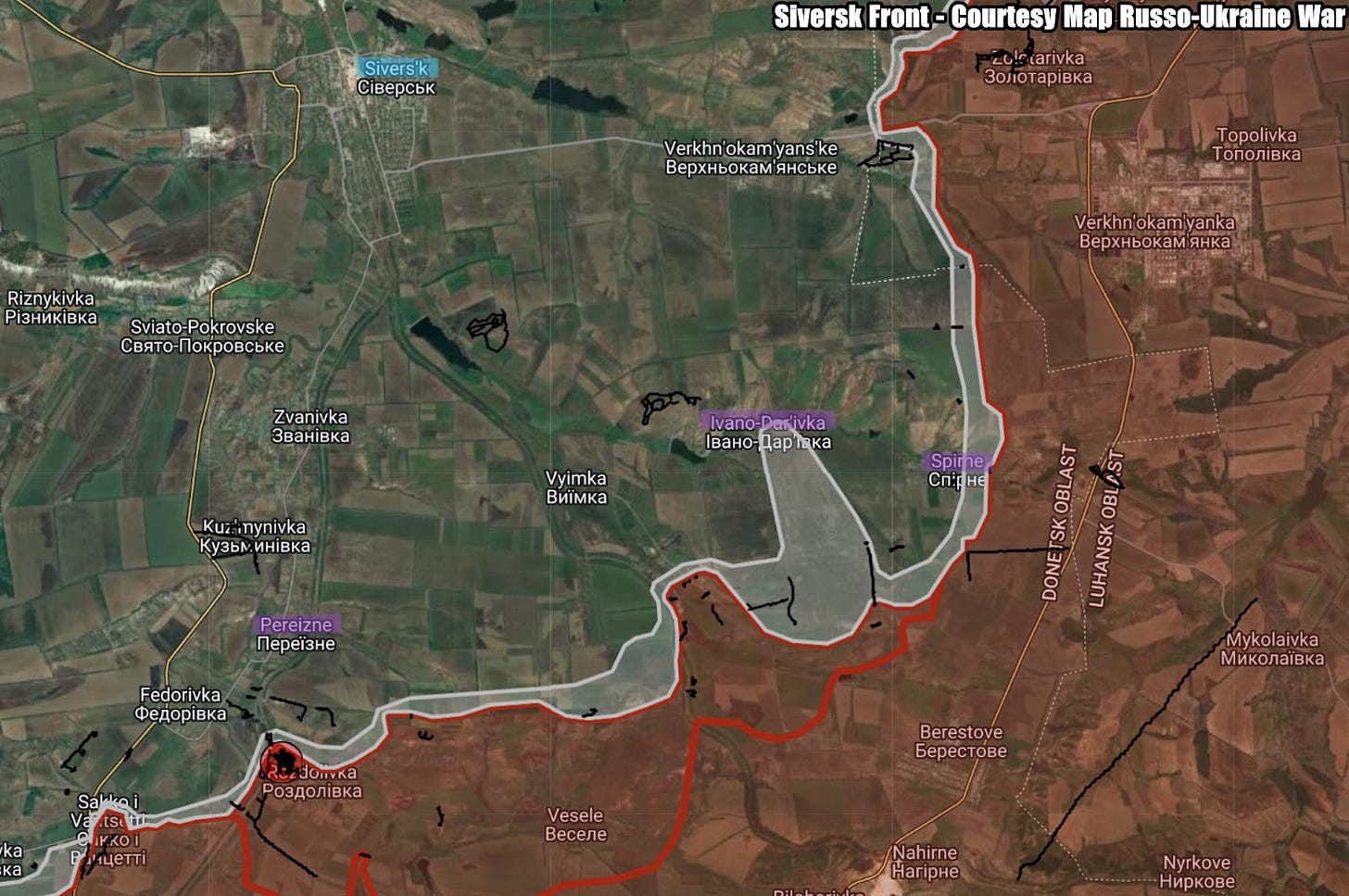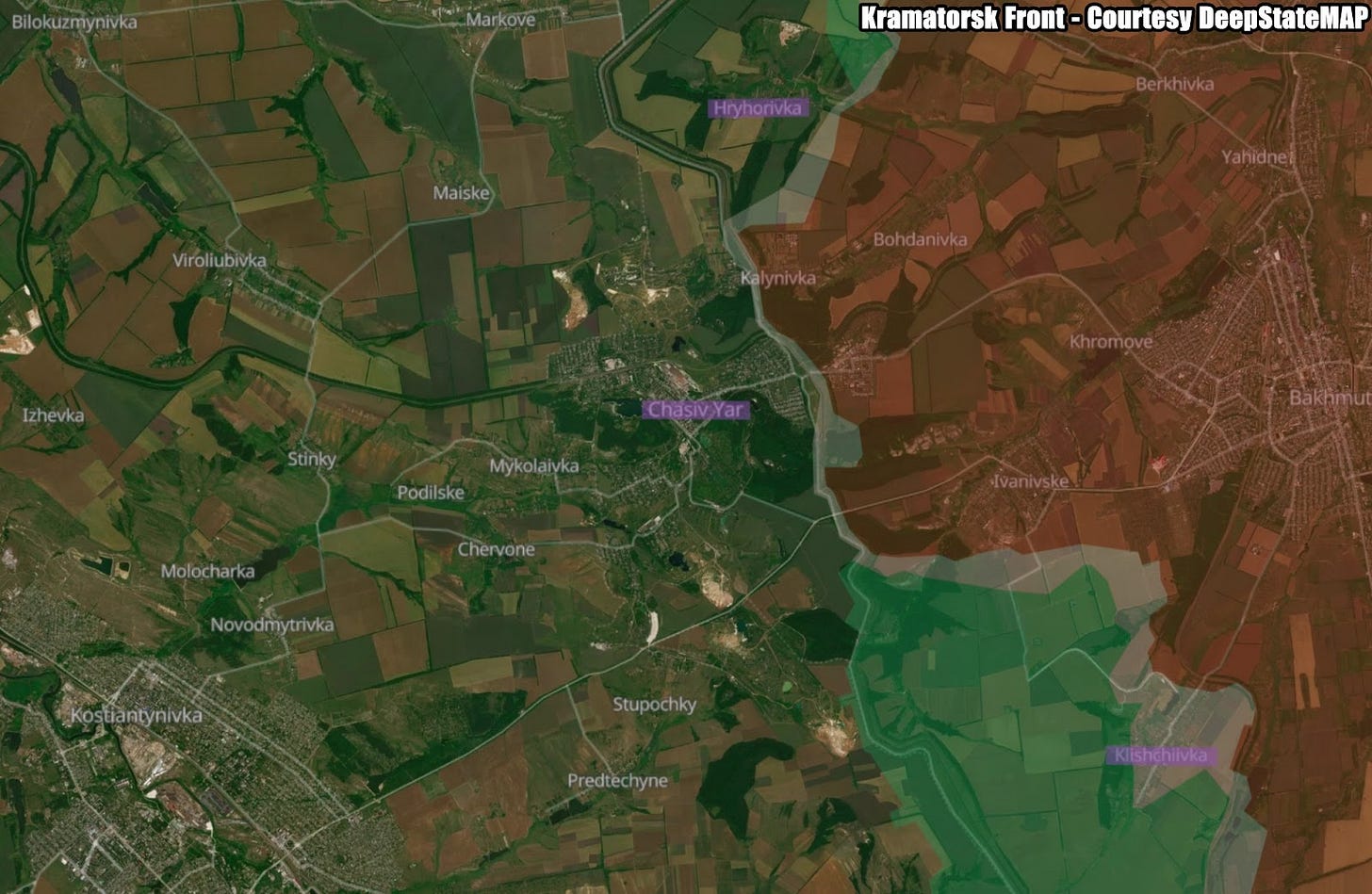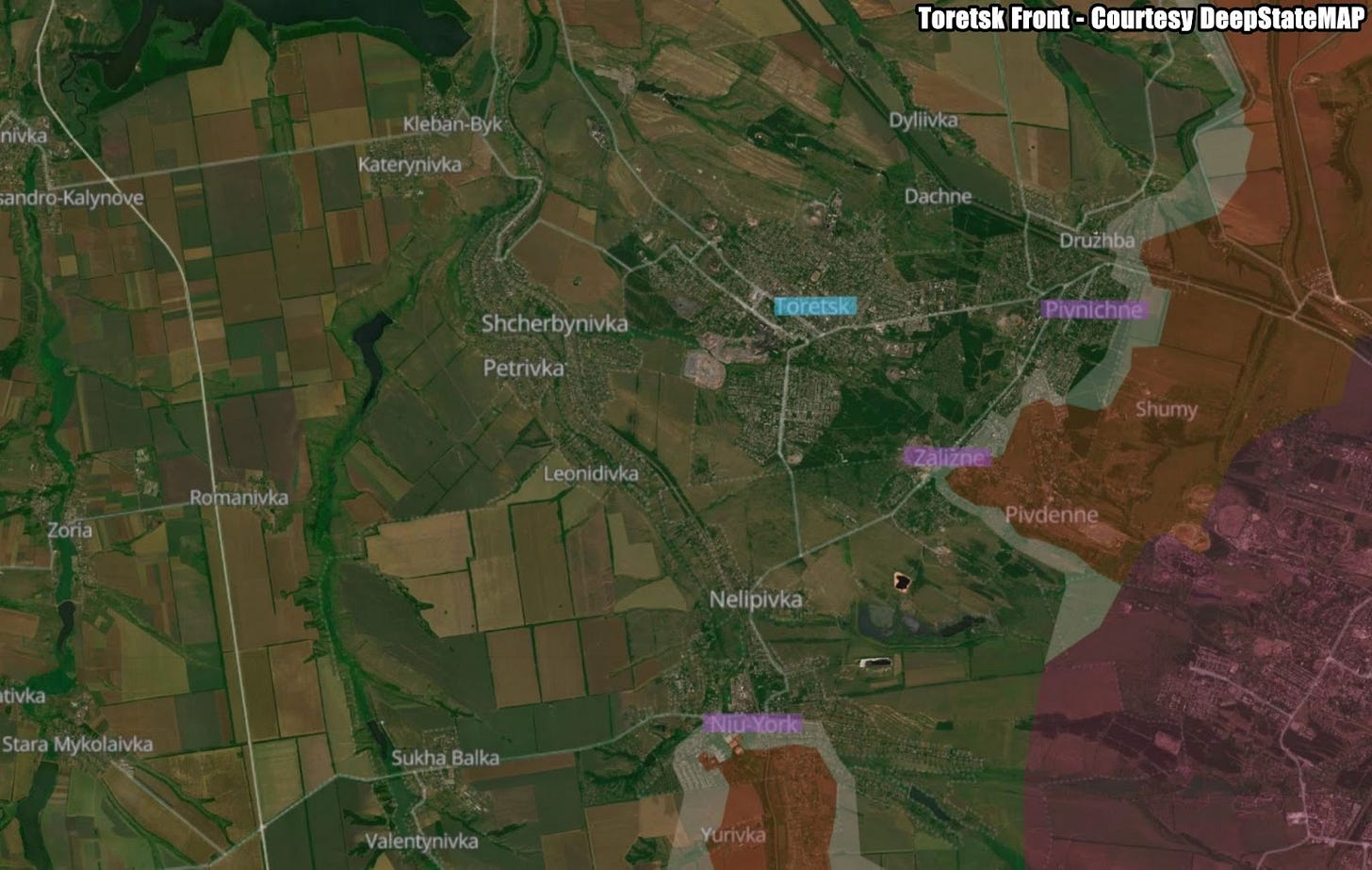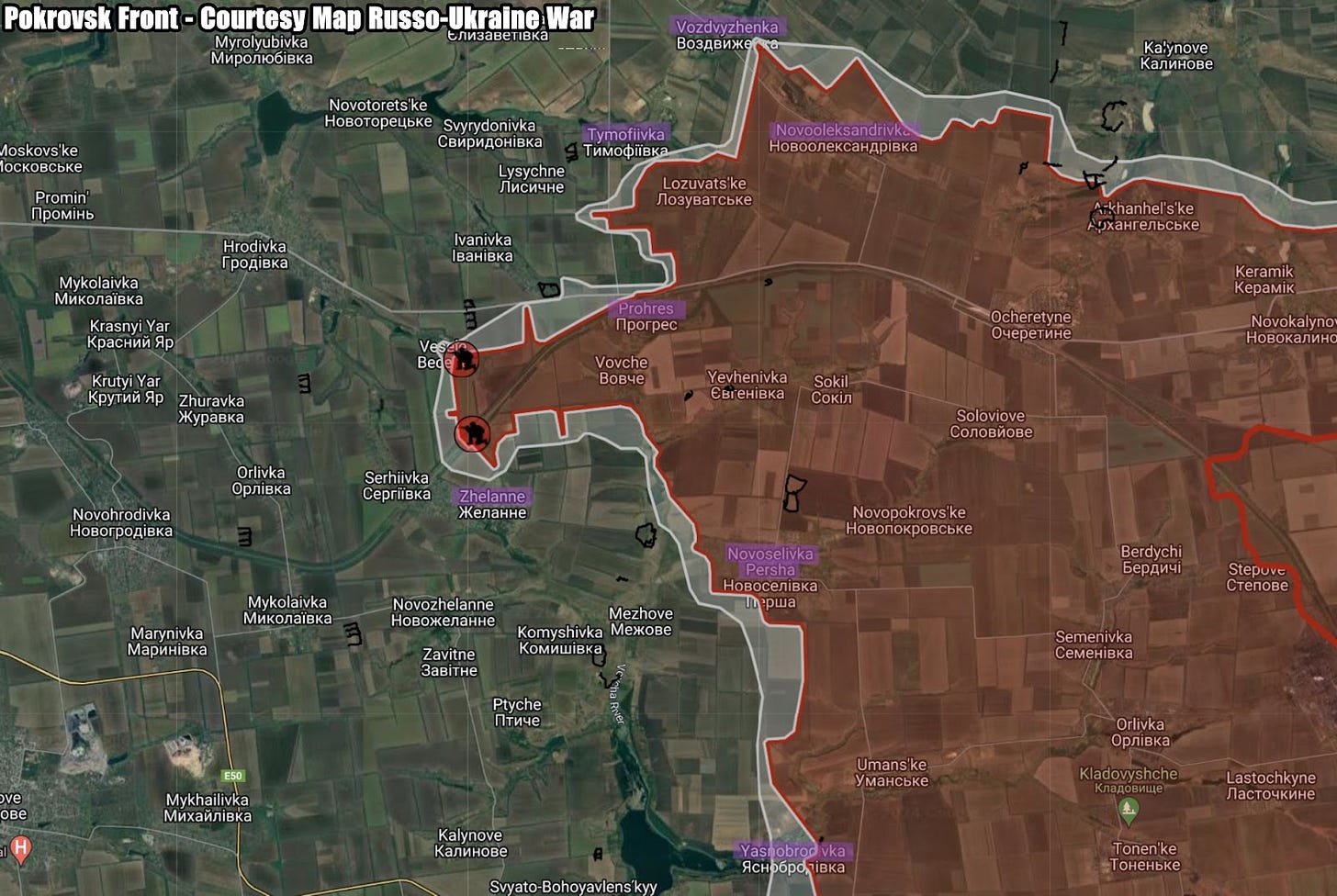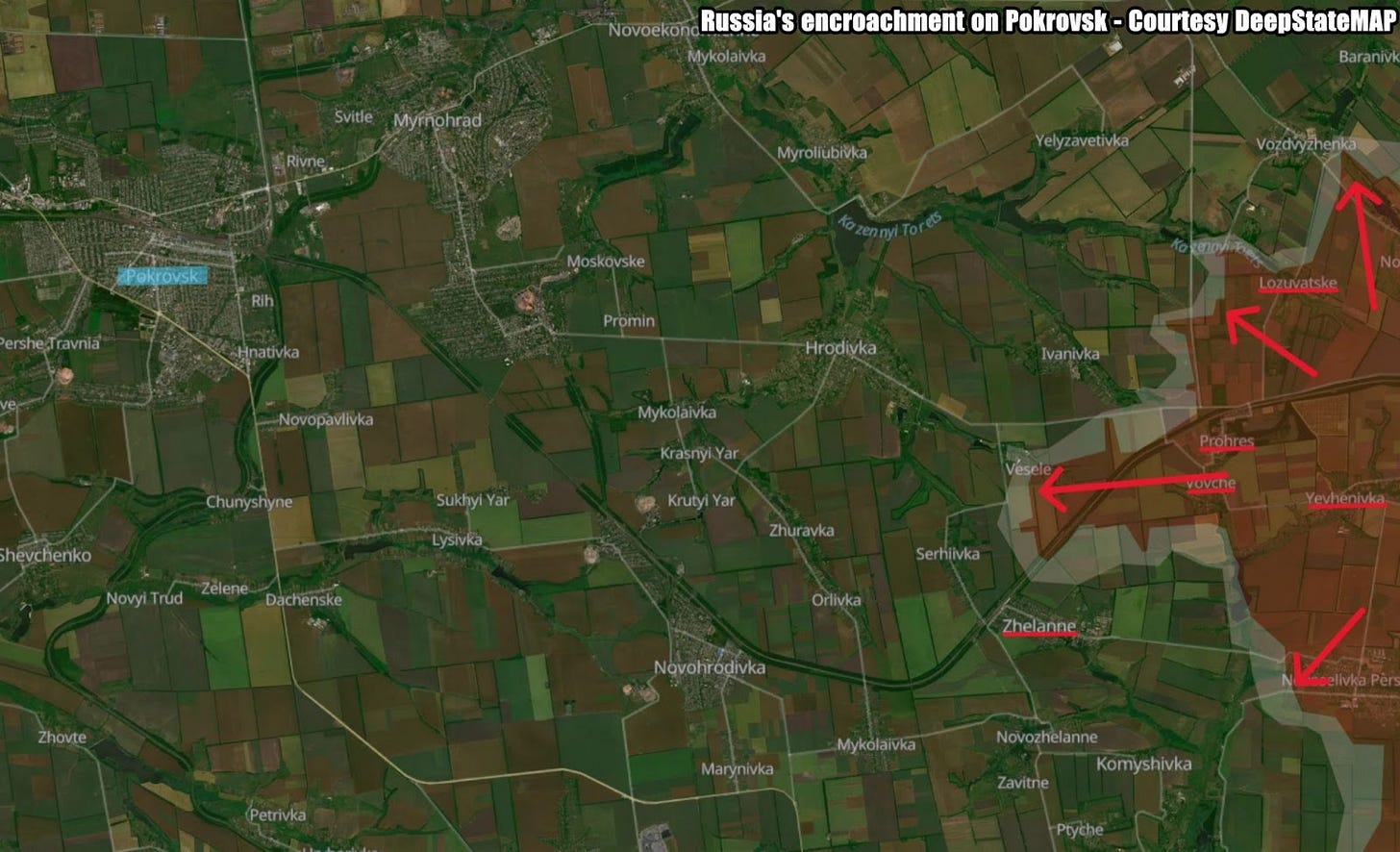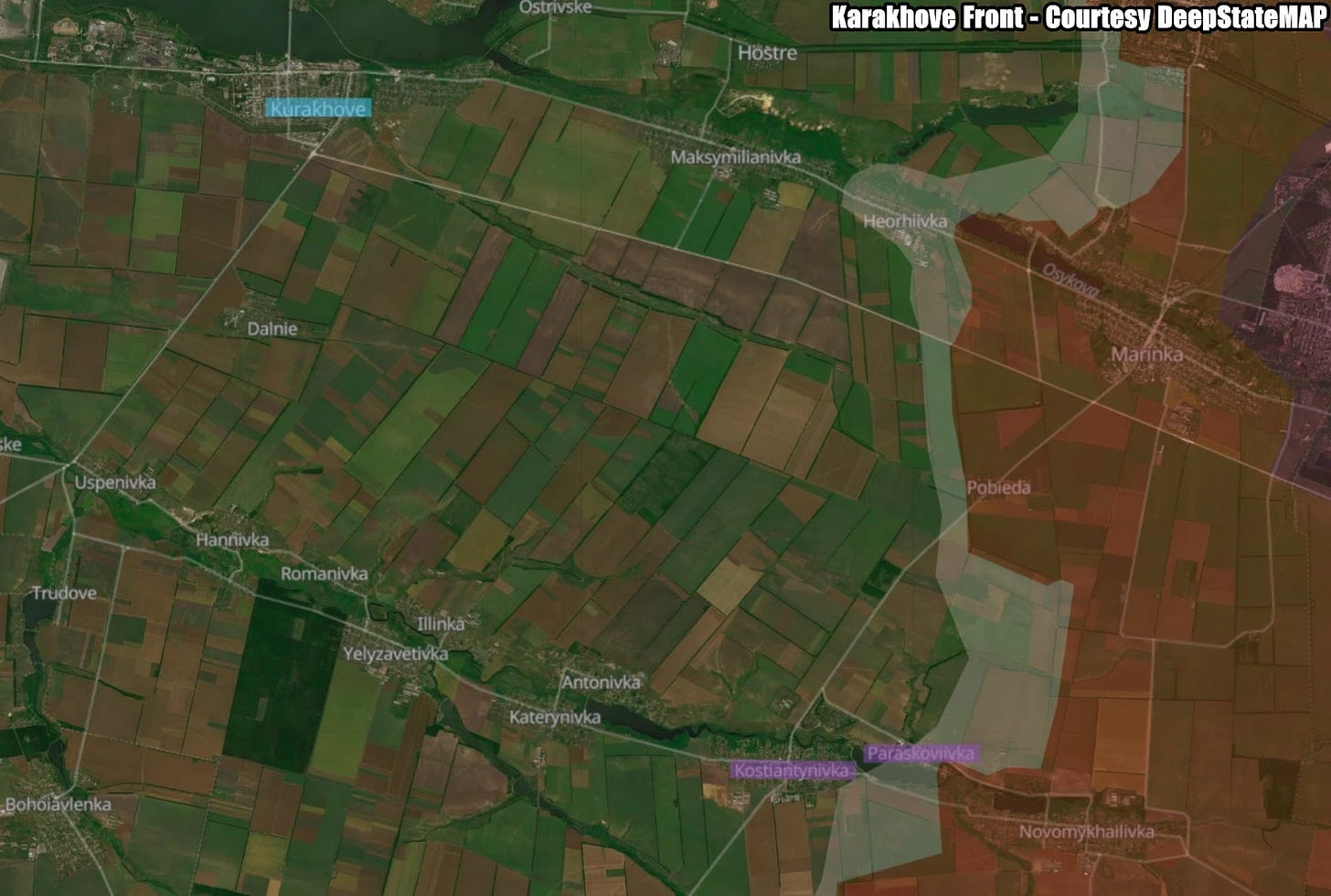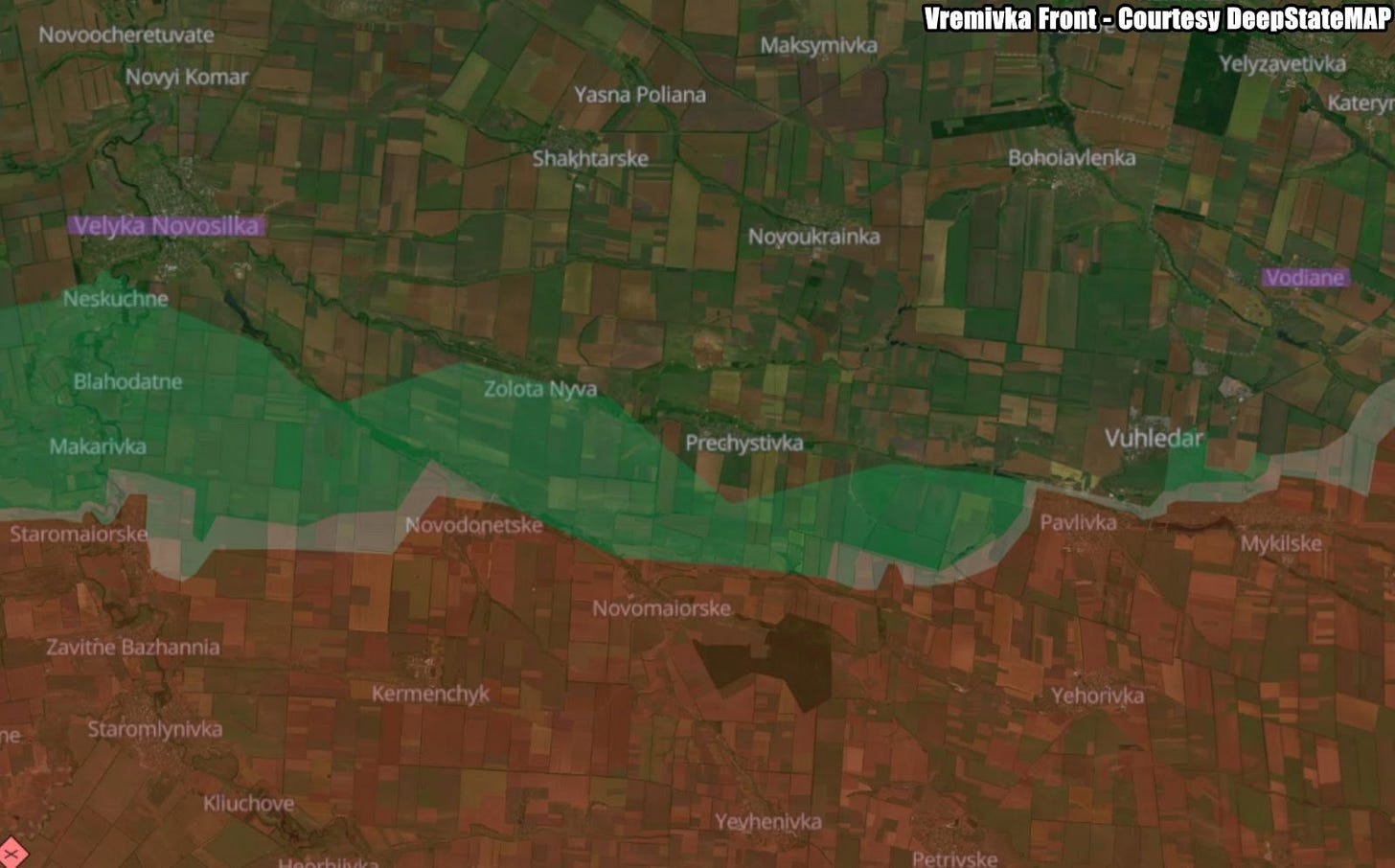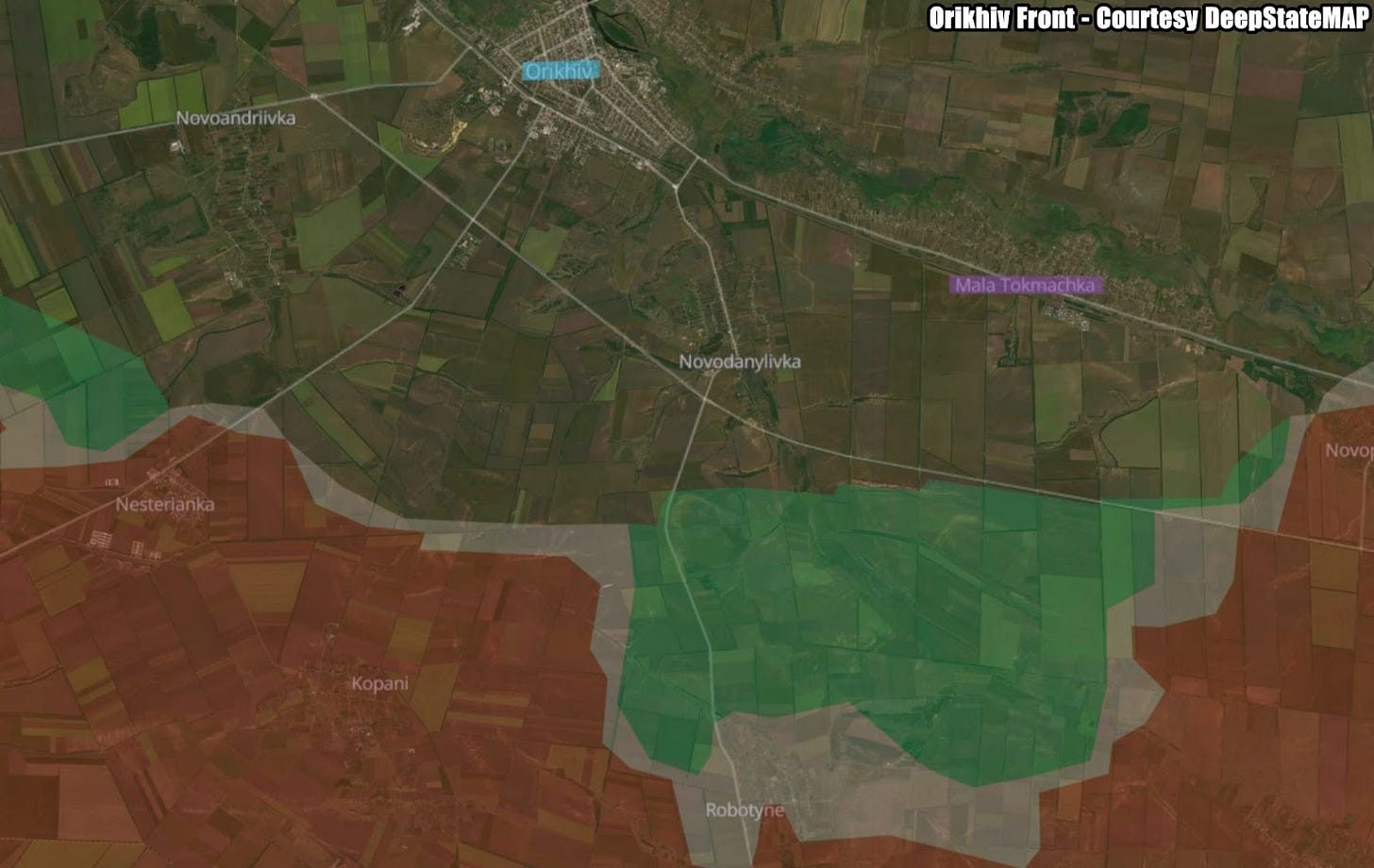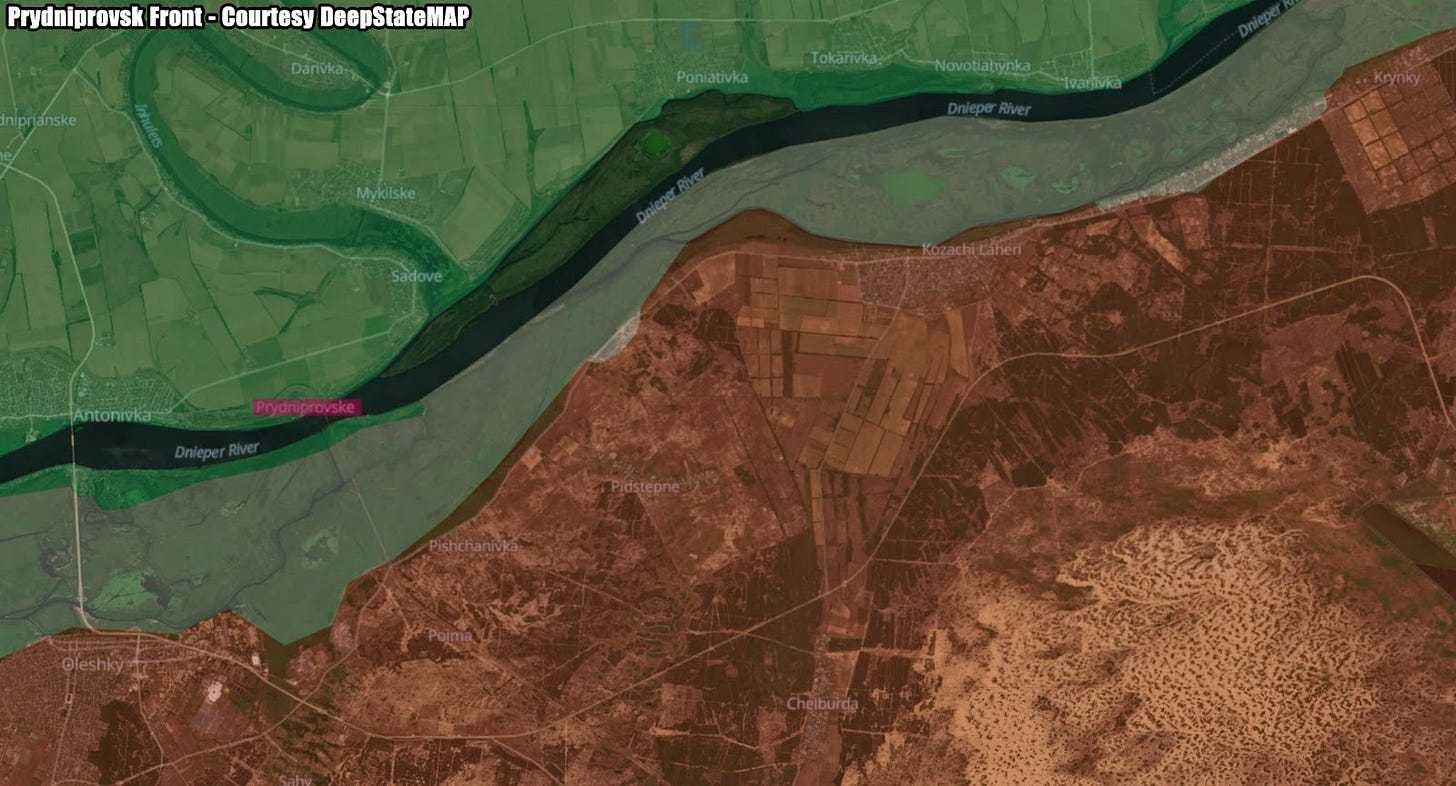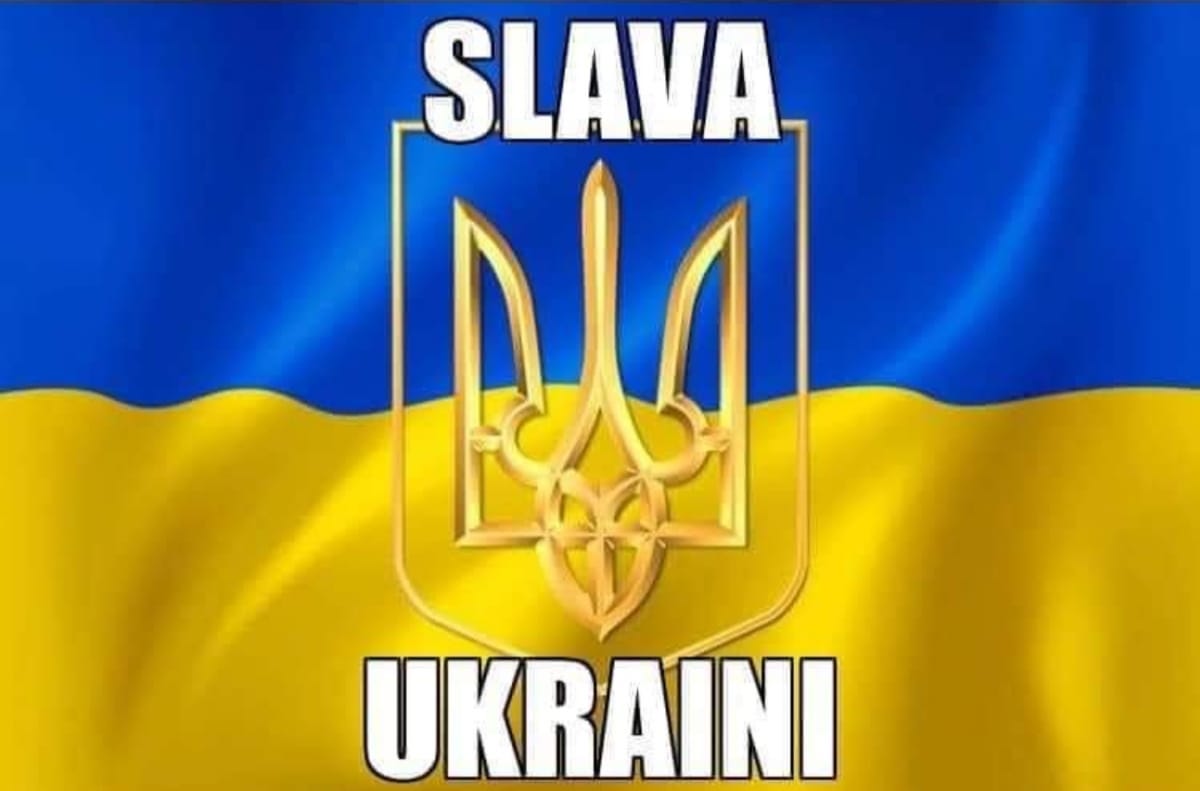Slava Ukraini! In early 2022 I began a Telegram channel aggregating news from a number of sources daily on the war in Ukraine. Since June 2023 I have provided a daily draft for the Ukraine War Brief Podcast collecting news from over 60 sources daily, much of which forms the basis of the script. While the Podcast is on hiatus I will make this Draft available here both on my own Substack and The People’s Media for those who wish to keep up with events on a daily basis.
ALONG THE CONTACT LINE
GSAFU Morning Report
The General Staff of the Armed Forces of Ukraine in its Operational Information update at 22:00 on July 29 stated that day 887 of the full-scale invasion of the Russian Federation against Ukraine was about to begin.
During the past day, 117 combat engagements took place. Over the past 24 hours, the enemy carried out 1 missile strike, 82 air strikes, 459 drone strikes and 3,467 artillery strikes across the positions of Ukrainian forces.
At the same time, Ukrainian soldiers continue to inflict losses in manpower and equipment on the occupying troops, exhausting the enemy along the entire front line and continue to disrupt the plans of Russian occupiers to advance deep into the territory of Ukraine.
Air Force Daily Report
During the past day, seven reconnaissance UAVs were destroyed by anti-aircraft defence in the south and east of the country.
The Khortytsia operational-strategic group
(Responsible for the northeastern part of Ukraine. )
Kharkiv axis: There were 4 unsuccessful Russian attacks near Hlyboke and Vovchansk.
Kupyansk axis: The enemy carried out 4 unsuccessful attacks near Pishchane and Stelmakhivka
Lyman axis: Russia attacked 12 times in the direction of settlements of Novoserhiyivka, Makiivka, Nevske and Terny, and the Serebryanskyy Forest, all attacks were unsuccessful.
Siversk axis: Russian forces carried out 7 unsuccessful assaults in the vicinity of Ivano-Darivka Spirne and Pereizne, the situation is under control.
Kramatorsk axis: Russian forces carried out 5 offensive actions near Hryhorivka, Chasiv Yar and Klishchievka.
Toretsk axis: There have been 16 Russian attacks over that last day, 3 battles are still ongoing. All the efforts of the enemy were directed to the areas of Pivinchne, Zalizne and Nui-York.
The Tavria operational-strategic group
(Responsible for the central-eastern and southeastern part of Ukraine.)
Pokrovsk axis: The greatest activity over the past day was in this sector. The enemy conducted 30 attacks against Ukrainian defences in this area over the last day in the vicinity of Vozdvyzhenka, Novooleksandrivka, Tymofiivka, Zhelanne, Novoselivka Persha and Yasnobrodivka.
Russia inches toward strategic supply route in Ukraine's east
Russian forces are focusing their heaviest assaults near Ukraine's strategic eastern city of Pokrovsk, Kyiv said on Monday, as Moscow bears down on a key Ukrainian supply route more than 29 months since its full-scale invasion. Reuters reported on July 29.
Fighting on the Pokrovsk front was the fiercest anywhere in the war-scarred east, the General Staff said in a regular battlefield update, adding that Ukraine had fought off 52 Russian assaults there in the last 24 hours.
Pokrovsk, a transport hub with a pre-war population of 61,000, lies on a main road that serves as an important supply route to other embattled Ukrainian-held outposts, such as the towns of Chasiv Yar and Kostiantynivka in the Donetsk region. Some residents have fled during the war, but others have settled there after fleeing elsewhere.
"As of today, the city is 20 km (12 miles) from the front line," Serhiy Dobriak, head of the city's military administration, told U.S. broadcaster Radio Free Europe.
To the northeast of the city, Russian troops have advanced even closer to the strategic road. On Saturday, Moscow claimed control of the village of Lozuvatske, which lies about 6 km from it. Ukraine did not comment on the claim.
Dobriak said many of Pokrovsk's residents were reluctantly deciding to evacuate. He put the current population at 60,000, including 4,000 children.
"The greatest concentration of enemy attacks was around Zhelanne and Novooleksandrivka," Ukraine's General Staff said, referring to two villages that lie to the east of Pokrovsk.
Russia's defence ministry said that its forces had also taken the villages of Prohres, Yevhenivka and Vovche. All three settlements lie east of Pokrovsk. Kyiv did not comment on the claim.
Kurakhove axis: The invaders tried to advance 18 times in the areas of settlements Kostiantinivka and Paraskoviivka, a significant amount of enemy armour has been destroyed.
Vremivka axis: The Russians conducted 7 offensive actions near Velyka Novosilka and Vodiane
Orikhiv axis: The enemy made 3 unsuccessful attacks in the vicinity of Mala Tokmachka.
The Odesa operational-strategic group
(Responsible for Kherson, Qırım, (also known as Crimea) and the Black Sea.)
Prydniprovsk axis: In this sector, over the last day Russian forces made 3 attempts to force Ukrainian units from their positions on the left bank of the Dnieper, all were unsuccessful.
TEMPORARILY OCCUPIED TERRITORIES
Nothing to report.
THE HOME FRONT
Ukraine strengthens border with Belarus in Volyn region
President Vladimir Zelenskyy visited the Volyn region bordering Belarus and inspected the construction of fortifications. He published photos and videos. Liga.net reports.
"The main focus is – on protecting our state border in areas bordering Russia and Belarus. We continue to strengthen the Ukrainian border, – was written by the president.
He noted that he inspected the construction of fortifications at the Volina and held a security meeting on the northern regions.
Ukraine's Naftogaz puts new high-rate gas well into operation
Ukrgasvydobuvannya, Ukraine's largest gas producer and part of the state Naftogaz Group, put into operation a high-rate well that produces 274,000 cubic metres of gas per day, Naftogaz Group reported on July 30. The Kyiv Independent reported.
Once heavily dependent on Russian gas, Ukraine successfully shifted to other suppliers in the previous decade and expanded its own production. For the first time in history, the country went through last winter using only its own gas.
"The commissioning of the new well increased the daily production of natural gas at the deposit by 17%," Naftogaz Group CEO Oleksii Chernyshov said.
The new well, with a depth of 3,200 metres, was launched in June to explore the promising deposits of gas and condensate fields. The field's resources were estimated at about 1 billion cubic metres of gas, according to Naftogaz Group.
The planned bottom hole, the lowest point of the wellbore, is located directly under a settlement, the statement read. The name of the settlement was not specified.
"Ukrburgaz (a state drilling company) specialists solved a rather complicated task and drilled a well with a bottom hole of more than 1,300 metres in four months," Ukrgasvydobuvannya's acting CEO Serhii Lahno said.
Another well will also be put into operation in August, Ukrgasvydobuvannya announced.
In the first half of 2024, Ukrgasvydobuvannya drilled 50 wells, 41 of which were put into operation.
RUSSIAN WORLD
Russia tries to frame Wagner losses in Mali as a positive.
The Institute for the Study of War (ISW), a US based think tank, in its July 29 Russian Offensive Campaign Assessment assessed that much of the Russian information space response to the recent Tuareg insurgent ambush of a Wagner Group in northern Mali coalesced around the suggestion that the Russian MoD will seek to benefit from Wagner losses, highlighting the continued distrust between the Russian MoD and both the Wagner Group in the Sahel and pro-Wagner commentators.
Several prominent critical milbloggers claimed that the Russian MoD is "gloating" over losses the Wagner Group reportedly suffered during the attack and suggested that Russian military authorities will use this incident as a reason to end the deployment of Wagner personnel to the Sahel and completely supplant them with units of the Russian MoD's Africa Corps.
Some Russian milbloggers quoted an unidentified source within the Russian Presidential Administration as saying that Africa Corps personnel will replace Wagner troops in the entire "Sahelian Three" (Mali, Burkina Faso, and Niger).
Other milbloggers blamed the Wagner command for incompetence and attempts to sabotage the arrival of Africa Corps personnel, highlighting the persistent information space divides between Wagner and Africa Corps–affiliated commentators.
Another Russian-veteran-community-linked milblogger more broadly called for Russia to learn from the incident, strongly emphasising that Russian forces operating abroad should not expect to face "safe" adversaries and that Russia needs to commit more heavily to foreign operations to ensure sufficient personnel and equipment levels for Russian contingents abroad.
The Africa Corps, notably, likely lacks the current capacity to properly supplant Wagner operations, particularly in Mali, as Africa Corps elements have recently deployed to Ukraine to aid Russian offensive efforts in northern Kharkiv Oblast.
Supplanting Wagner at scale following losses such as those accrued in the recent ambush would likely involve re-deploying some Africa Corps fighters to Mali away from the frontline in Ukraine, and the Russian military command likely does not see completely supplanting Wagner in Mali or elsewhere in the Sahel as a priority effort at this time.
NEWS WORLDWIDE
Brussels threatens to hit Hungary’s economy if Viktor Orbán vetoes Ukraine aid
The EU will sabotage Hungary’s economy if Budapest blocks fresh aid to Ukraine at a summit this week, under a confidential plan drawn up by Brussels that marks a significant escalation in the battle between the EU and its most pro-Russian member state. The Financial Times reports.
In a document drawn up by EU officials and seen by the Financial Times, Brussels has outlined a strategy to explicitly target Hungary’s economic weaknesses, imperil its currency and drive a collapse in investor confidence in a bid to hurt “jobs and growth” if Budapest refuses to lift its veto against the aid to Kyiv.
Viktor Orbán, Hungary’s premier, has vowed to block the use of the EU budget to provide €50bn in financial aid to Ukraine at an emergency summit of leaders on Thursday.
If he does not back down, other EU leaders should publicly vow to permanently shut off all EU funding to Budapest with the intention of spooking the markets, precipitating a run on the country’s forint currency and a surge in the cost of its borrowing, Brussels stated in the document.
“This is Europe telling Viktor Orbán ‘enough is enough; it’s time to get in line. You may have a pistol, but we have the bazooka’,” said Mujtaba Rahman, Europe director at Eurasia Group, a consultancy.
The document declares that “in the case of no agreement in the February 1 [summit], other heads of state and government would publicly declare that in the light of the unconstructive behaviour of the Hungarian PM . . . they cannot imagine that” EU funds would be provided to Budapest.
Brussels has wielded its financial leverage against member states before, such as with Poland and Hungary over rule of law concerns and Greece during the eurozone crisis, but a strategy to explicitly seek to undermine a member state’s economy would mark a major new step for the bloc.
Three EU diplomats told the FT that many countries backed the plan. “The mood has got harsher,” said one. “What kind of union do we have if we allow this kind of behaviour?”
Details on North Korean Ammo Production for russia
The Democratic People's Republic of Korea (DPRK) is actively increasing its supply of 152mm artillery projectiles to russia by creating and re-equipping new production lines, although facing significant challenges in the process. Defense Express reports.
Information obtained by Radio Free Asia Korean from DPRK officials provides insights into this effort, including terms, volumes, locations, and sources of raw material supplies. Here is the gist, with additional explanations from Defense Express.
The cooperation between Moscow and Pyongyang intensified following Kim Jong Un's visit to russia in September 2023, allowing North Korea to obtain additional resources for its nuclear and missile programs in return.
To meet russian demands, North Korea established new production lines or repurposed old ones. For instance, at the enterprise disguised as the "915th Forestry Machinery Plant" near Hyesan, a basement line previously used for mortar shells manufacture was converted to produce 152mm howitzer rounds.
The production target for this line is 6,000 shell casings per month, or 72,000 per year. Note that it's about projectile casings, without the explosive filling, i.e. not about ready-made munitions. This goal has not yet been met, despite the fact the conversion of the line began immediately after Kim Jong Un's return from his russian trip.
Interestingly, the source asked by Radio Free Asia said referring to the "915th Plant" that,
"Even the factory’s key executives don't know whether the 152mm shells produced here are for support to russia," adding, "However, they are guessing that they are for support to russia, given that the production process was hastily established immediately after Kim Jong Un visited russia.”
The re-equipment lasted less than two months, and by the end of December 2023, the first test batch was already produced. The plant receives uninterrupted electricity despite shutdowns in neighbouring cities.
The raw materials for these shell casings come from China, specifically special alloys. However, the supply is not consistent, causing production delays. Worth noting, Hyesan is right next to the Chinese border.
Once the shell casings are produced, they are sent to the "Factory of Agricultural Machinery" near Kilju, where they are filled with explosives and assembled into complete ammunition.
At "Plant No. 95" near Samjiyon, which previously produced cartridges for small arms and mortar shells, the production line for 82mm shells was moved to the surface, and a new line for 152mm shells was established in the protected basement. This transition also took about two months, with production beginning in late 2023.
But the primary enterprise for producing artillery ammunition in the DPRK is the "Tractor Factory" in Kanggye, which handles the bulk of the production. Though the sudden increase in exports has left it falling behind schedule and prompted the executives to delegate production tasks to local military factories.
MILITARY & TECH
Ukraine has accepted more than 20 types of special light automatic equipment into service so far in 2024
In 6 months of 2024, the Ministry of Defense of Ukraine codified and accepted into service in the Armed Forces of Ukraine more than 20 samples of special light equipment designed to move in rough terrain and perform tasks on the water. For comparison, in 2023 the arsenal of defence forces replenished 7 samples of such transport. The Ukrainian Defence Ministry reported.
The list of codified samples includes products from well-known manufacturers of all-terrain light automatonics from the USA, Asia and Europe. In particular, among the new samples are bugs (small high-pass cars), motorcycles with electric motors and internal folding engines, four- and six-wheeled ATVs and hexocycles. Hydrocycles — transport for water transportation are also codified for the needs of defence forces units.
The range of applications of such vehicles at the front is quite wide. Light all-terrain vehicles are used to move personnel and cargo in conditions of difficult terrain and lack of roads, to evacuate the wounded, logistic provision of positions on the front edge, conducting reconnaissance or as mobile firing points.
That’s it for today’s Draft folks if you would like to keep up with events in Ukraine daily please consider subscribing, its free!
Feel free to share this update with your friends. Heroyam Slava!









